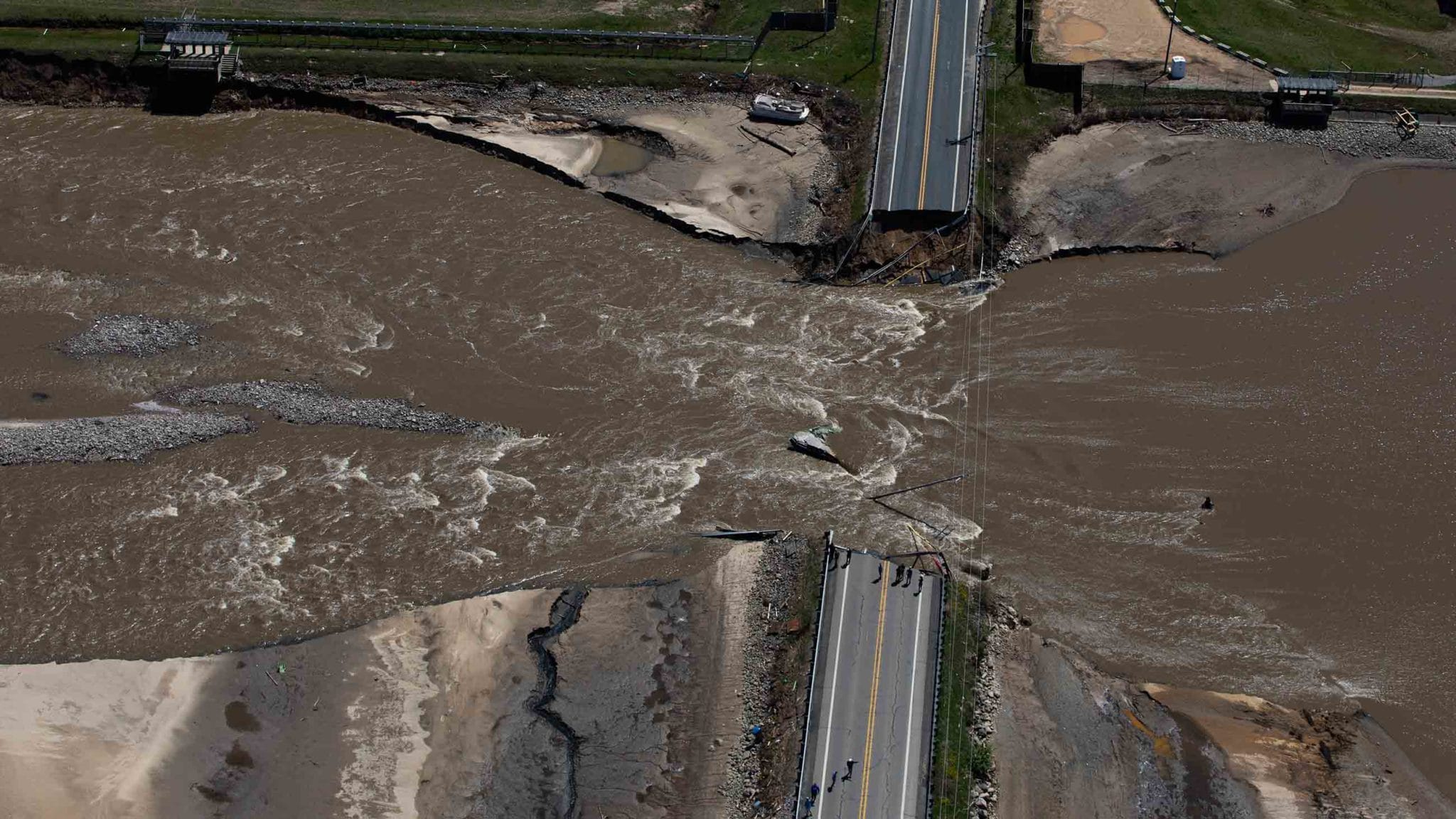To identify dams that might pose the most serious risk to toxic waste sites, Undark searched for dams in the national database that are both high-hazard and older than 50 years, the age after which many dams require renovations. To narrow our search, we selected dams that sit 6 or fewer miles away from and appear in satellite images to be upstream of an EPA-listed toxic waste site. Experts say that many dams would flood much farther than 6 miles.
We focused our search on the nation’s highest priority cleanup sites, as indicated by a designation of Superfund (for non-operating sites) or RCRA (Resource Conservation and Recovery Act of 1976, for operating sites). We considered 5,695 of these sites, including both current and former sites. Types and levels of contamination vary widely across sites, as would the impact of any flooding.
Using this methodology, we identified at least 81 aging high-hazard dams that could flood portions of at least one toxic waste site if they failed, potentially spreading contaminated material into surrounding communities and exposing hundreds or thousands of people — in the case of very large dams, many more — to health hazards atop significant environmental impacts. At least six of the dams identified were in “poor” or “unsafe” condition during their most recent inspection.


